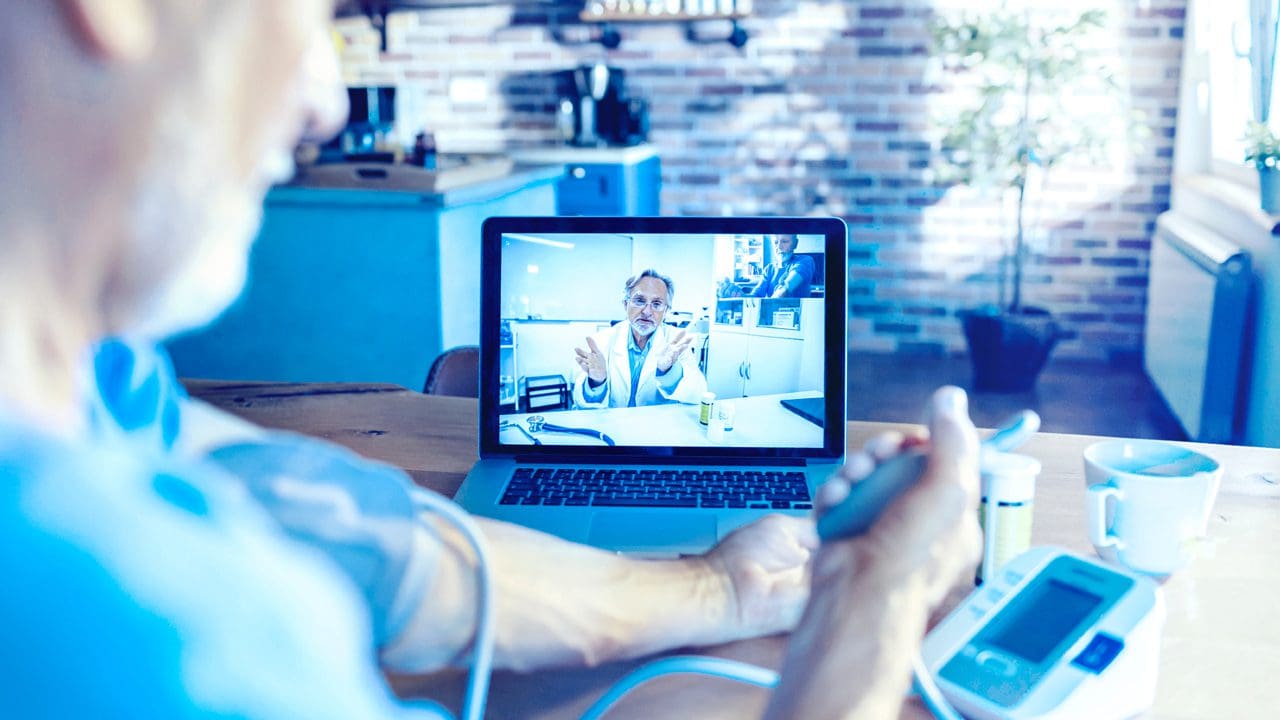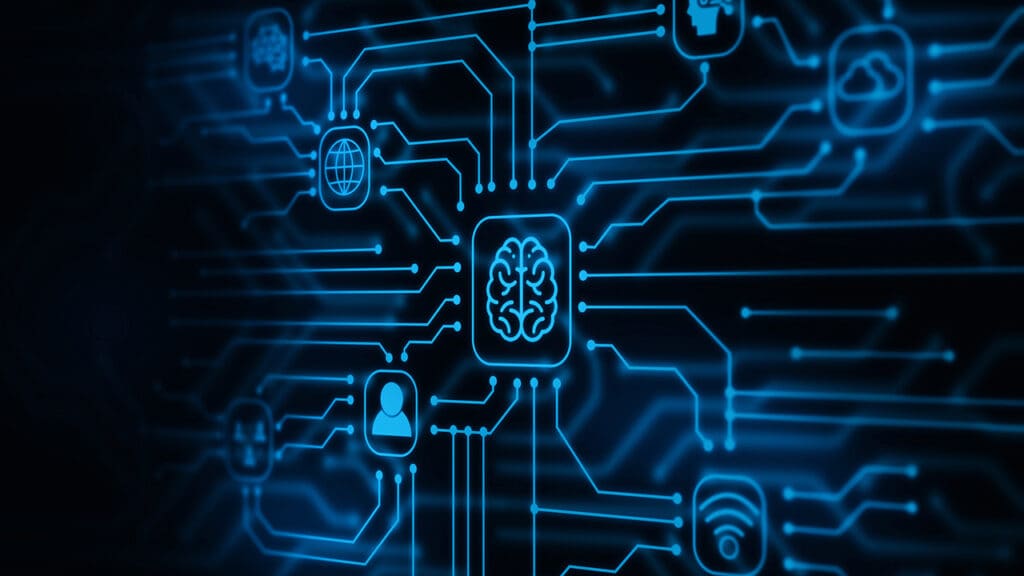In May 2022, at the annual American Telehealth Association (ATA) conference, the IEEE Standards Association (IEEE SA) hosted a panel on setting the standard for the future of seamless remote patient monitoring (RPM) innovation.
Moderated by Maria Palombini, Healthcare and Life Science Practice Lead at IEEE SA, the panel aimed to inform clinicians and healthcare solution innovators about the goals of IEEE SA’s efforts in healthcare and life sciences – connectivity, accessibility, privacy, and security for all in the healthcare ecosystem.
Convening around these goals would rapidly accelerate innovation since participants are clear as to what characteristics their solutions must embody to interoperate with other pieces of any healthcare provider solution.
Now that COVID-19 has brought the need for RPM to the forefront of patient care, the demand for standards underlying these technologies is paramount.
Impact of Telehealth During COVID-19
The first panelist to speak was Dr. Francis Campion, Principal Lead Digital Health and Group Leader for Health AI, MITRE. He focused on what has been learned about RPM in light of the practice realities brought about by COVID. He was a leader of the telehealth impact study which uncovered many insights during this period of experimentation with open effort.
From the perspective of providers, reimbursements for care were the most important issue for telehealth deployment, as the rules of payor parity for in-office vs. remote visits are temporary in response to the COVID emergency. How the final policies on payor parity are decided will have a significant impact on RPM utilization.
Patient access and familiarity with the technology in use were also a concern, as this varied widely among diverse patient populations. Integration of electronic health records (EHR) with RPM technologies and liability concerns were also ranked among those issues most salient to providers. (These findings are published in Telehealth and Medicine Today, Vol 6, Issue 3.)
How Technical Standards Add Value to Patient Care
The next panelist to discuss RPM technologies was Michael Carter, leader of the Continuum of Care Workstream of the IEEE SA Transforming the Telehealth Paradigm Industry Connections Activity. He is also the director of clinical IT at Mass General Brigham Hospital System. His work at Mass General has shown that RPM technologies that are connected to the Internet are more valuable among providers than those technologies that are not.
There are many touch points where the chosen technologies have to integrate effectively with the clinicians, nurses, and IT admins. Taking RPM technology as the ”last mile” to patients is widely differentiated with so many companies involved in RPM, making switching costs among different technologies enormous.
This presents a significant hurdle to technology implementation. Creating robust standards for disparate system interoperability is needed to make RPM clinically viable with streams of data coming to the physicians, taking into account the patient, the data, and the environmental context of the data collection and transmission.
IEEE Standards for Telehealth
The final panelist of the session was Bruce Hecht, Chair of the Transforming the Telehealth Paradigm Industry Connections Activity. With his many years of experience in the industry working with standards in the electrical engineering space, Bruce informed the audience of the importance of standards and continuing to evolve standards as technology innovation marches forward.
Examples of standards already developed include the IEEE 802.15™ series for personal area networks, with IEEE 802.15.6 being the specific standard for wireless body area networks (WBAN). More recent standards developed include those for biomarker total sleep time, so that all participants in the ecosystem implement the same definition of total sleep time in their systems.
IEEE standards contributing to telehealth include:
- IEEE 1752.1™-2021 – IEEE Standard for Open Mobile Health Data—Representation of Metadata, Sleep, and Physical Activity Measures
- IEEE P2933™ – Standard for Clinical Internet of Things (IoT) Data and Device Interoperability with TIPPSS – Trust, Identity, Privacy, Protection, Safety, Security
- IEEE 1708™-2014 – IEEE Standard for Wearable Cuffless Blood Pressure Measuring Devices
- IEEE 11073™ Family of Standards for Health Informatics – Personal Health Devices
Bruce pointed out that one of the challenges of the current standards is that they are not putting data back into the context of the patient and the environment in a way to give the data context for the clinician. Further work needs to be done in this area.
For more information, watch the full recording of the panel discussion.
Related Resources:
- Transforming the Telehealth Paradigm: Sustainable Connectivity, Accessibility, Privacy, and Security for All Industry Connections Activity
- IEEE SA Re-Think Health Podcast Series Season 4: Telehealth, the Quantum Leap into Patient-Centered Care (coming in July 2022)
- IEEE SA Healthcare and Life Science Practice
Authors:
- Elizabeth Baker, Volunteer, IEEE SA Transforming the Paradigm Industry Connections Activity
- Bruce Hecht, Chair, IEEE SA Transforming the Paradigm Industry Connections Activity










Very helpful post